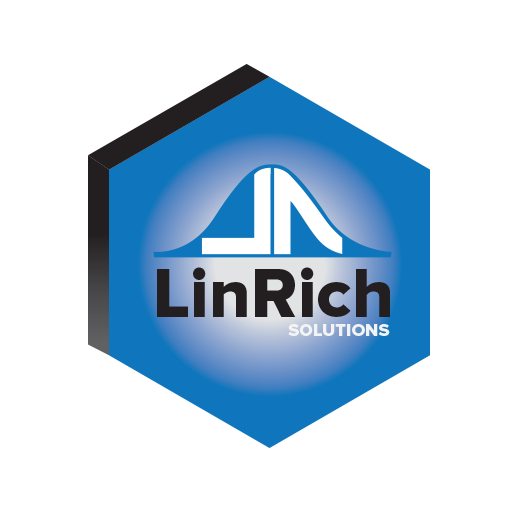
Quality is conformance to requirements. – Philip B. Crosby
What has been will be again, what has been done will be done again; there is nothing new under the sun. – Ecclesiastes 1:9
The low price of oil is forcing a lot of restructuring within the oil and gas industry. For companies trying to reduce costs in order to stay afloat, the buzzword we hear a lot lately is “optimization”. You might also call it “doing more with less”. But is any of this really new?
In the first few pages of his book “Out Of The Crisis” published over 30 years ago, W. Edwards Deming uses a simple example of a production line (let’s call it a “system”) that was having a lot of issues with defects. Management’s assumption was that the workers were causing the defects. In order to test that assumption, they tracked the number of defects for some weeks and found that the average number of defects was consistently 11% due to the stable, random variation of the system. See the “Before” graph below:

Note that all processes, systems, environments—even living beings and the movement of our planet—have random variation. As long as the current system stayed as it was, management could expect to consistently produce 11% worth of defects. (Deming blamed management for such things because a key aspect of his quality philosophy rested on his assertion that management is the only group in an organization with the authority to effect a permanent change on a business system.) With some help from consultants, it was discovered that the workers in the system had unclear requirements. Once management changed the system, in this case, they clearly defined the system’s requirements, then the system immediately started producing only 5% defects. See the “After” graph below:

Note the shift of the mean (orange line) from 11% down to 5% and the same stable, random variation around the mean. Imagine: a 50% decrease in defects using the exact same system with the exact same people simply because management made an effort to clearly define their requirements and communicate them to employees. Most of us would call this “low hanging fruit.”
What does this example have to do with oil and gas and the current downturn? Everything. For those that don’t recall, Deming was born in 1900 and was one of the key figures in the quality philosophy that revitalized Japanese industry after World War II. His concepts didn’t even start taking hold in America until the early 1980’s and then only after many American manufacturers had lost significant market share to the Japanese. In other words, it took crappy market conditions to force American companies to improve how they did business. Sound familiar?
Deming’s example discussed above could just as easily been talking about the process of building a new rig, running a maintenance department, or developing a new product in 2016. There really is “nothing new under the sun”.
In our view, the danger of the word “optimization” is that it implies a temporary fix. Deming and others such as Crosby and Juran were insistent that quality should be a way of life for a company, not a Band-Aid. See if any of this from Crosby rings a bell:
American companies that have quality products, you will find one secret: they take the requirements seriously. They create them with care; they meet them with care. They don’t use “off specs,” “that’s close enough,” “waivers,” “mail it next month,” and such.
From both a project and systems engineering perspective, we at LinRich Solutions are believers in defining requirements up front before doing any work. It’s how you save tons of money and reduce frustration. It’s one of the main reasons we and our clients have succeeded where others have failed. What benefits are you expecting? What are your business objectives? How will this project, product, system or process support those benefits and objectives? Who are the relevant stakeholders and what are their requirements? Do their requirements align with the business or product objectives? What risks do they see and what can be done to eliminate or mitigate them? Answer these questions and you’re well on your way to “optimization” or “quality” or “doing more with less” … whatever words you want to describe the act of saving money.
© 2016 by LinRich Solutions, LLC. All rights reserved


